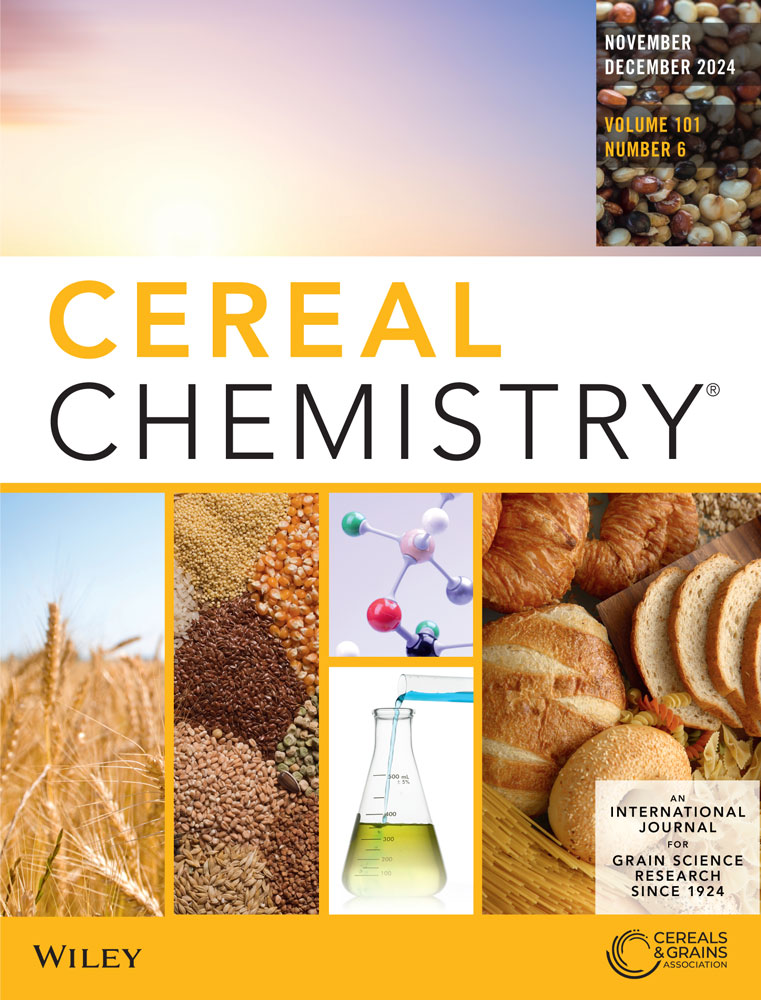Exploring Sainfoin (Onobrychis viciifolia) Seed Flour as a Sustainable Plant-Based Food: Germination-Induced Changes in Nutritional Quality, Anti-Nutritional Factors, Phenolic Content, Bioaccessibility, and In Vitro Toxicity
Abstract
Background and Objectives
Sainfoin is a drought-resistant perennial plant mainly used as animal feed, but its seeds remain underexplored as a food source. This study investigates the effects of germination on the nutritional quality of dehulled sainfoin seeds. Specifically, it examines changes in proximate composition, antinutrients (hydrocyanic acid, tannins, phytates, saponins, and trypsin inhibitors), in vitro starch digestibility, phenolic content, antioxidant capacity, and cytotoxicity.
Findings
Germination significantly increased crude protein (up to 45%) and fat (up to 10%) contents. Despite low total starch (~7%), 45-h germination reduced total digestible starch while increasing rapidly digestible starch. Antinutrient levels decreased significantly—tannins by 57%, phytates by 30%, saponins by 40%, and trypsin inhibitors by 29%—with the exception of hydrocyanic acid. Although total phenolics, flavonoids, and antioxidant capacity declined, their bioaccessibility improved. No cytotoxic effects were observed in either raw or germinated seeds.
Conclusions
Germination improved the nutritional profile of sainfoin seeds by increasing protein and fat contents, while reducing most antinutrients. Despite a decrease in antioxidant levels, their bioaccessibility was enhanched. The absence of cytotoxic effects further supports the potential application of germinated sainfoin seeds in human nutrition.
Significance and Novelty
Although few studies have focused on the green form of sainfoin, which is commonly used as livestock feed, this study reveals that sainfoin seeds offer substantial potential as food, with germination emerging as a simple and effective approach to improving their nutritional properties.

 求助内容:
求助内容: 应助结果提醒方式:
应助结果提醒方式:


